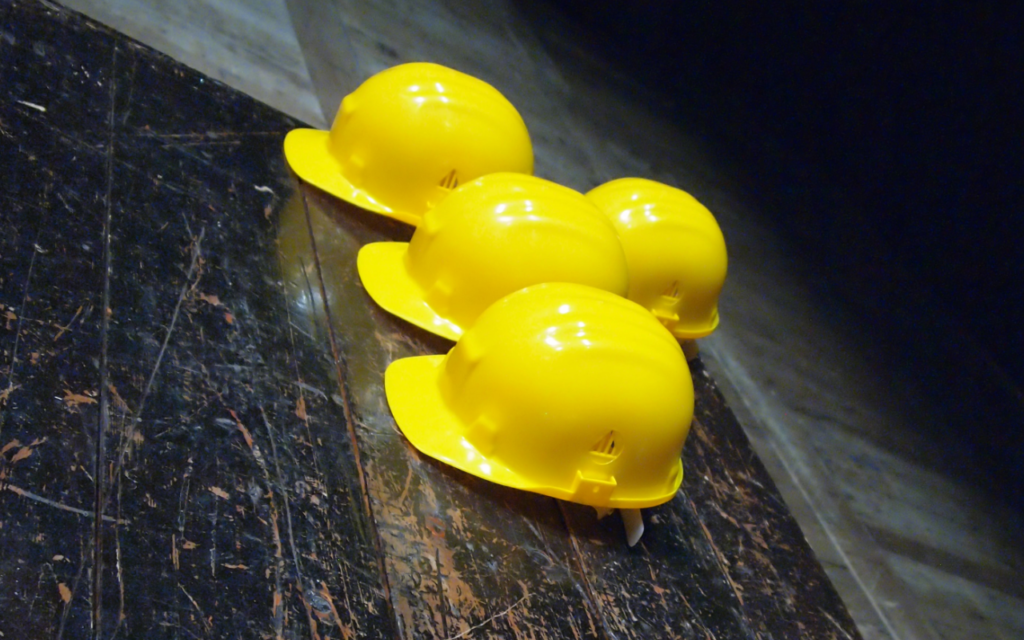Take a walk through any metropolitan area and you will gaze upon towering testaments to steels importance in construction. Without the use of structural steel frames, the sky-scraping marvels that are features of every major city would not exist. Steel is used to build, support, and beautify our world. We have used steel frame construction has been used since the late 1800s. There are several advantages to using structural steel frame in construction, and we will explore them in this article.
Steel is Versatile
Steel can be cut, bent, welded, and molded into any shape. This versatility is enjoyed by designers whose imaginations soar like city skyscrapers and their designs can be realized in a safe and enduring manner. This versatility can be used for more than just framing structures. Steel can also be used to build temporary support structures like Doka’s One Sided Formwork for construction tasks like pouring concrete. The steel framework is designed to transfer the weight of the concrete through the steel support to prevent collapse during curing.
Steel Is Strong and Light
Steel has a potent strength to weight ratio. A simple way of saying it would be that it can support more weight than the weight of the steel itself. This factor has several benefits, some of which are lower transportation costs for materials. Steels ability to support more than its weight allows for flexibility in design. That flexibility can translate into less steel being used to support structures, which lowers material cost and the cost of shipping those materials to the building site.
Steels Save Time and Money
Construction projects are like complex jigsaw puzzles where each piece’s placement depends on the pieces that come before. One benefit of structural steel frames is that they are precisely manufactured and machined in quality-controlled plants and shipped to the job site ready to be erected. This allows for expedited construction because parts are not being measured and cut on-site. The quality control processes at the point of manufacture eliminate human error, and the expedited construction times save on labor costs.
Steels durability is unmatched by other building materials. Once construction is complete, the steel used will require little to no maintenance over the life of the structure. Its resistance to pests and ability to withstand fire, high winds, heavy snowfall, and other natural catastrophes allows most insurance companies to provide lower premiums in the underwriting for steel-framed buildings. Steel is recyclable and current regulations aimed at reducing construction waste offer subsidies to incentive waste removal companies to pick up the steel and other metal waste, often at no cost to you.
Steel Is Good For The Planet
Steel can be recycled and used to make more steel without losing its valuable strength. With over 80 tons of steel recycled globally each year, it is the most recycled product in the world. The steel industry has been working to reduce the environmental impact of steel recycling. Since 1990 CO2 emissions have been reduced by 35% per ton of finished steel.
Steel is a product that supports the construction of most commercial and residential structures. It has literally changed the face of what is possible. Steels strength, durability, and versatility make it a material that has transitioned from our past to the present and will no doubt play a continued role in our future.






Leave a Reply